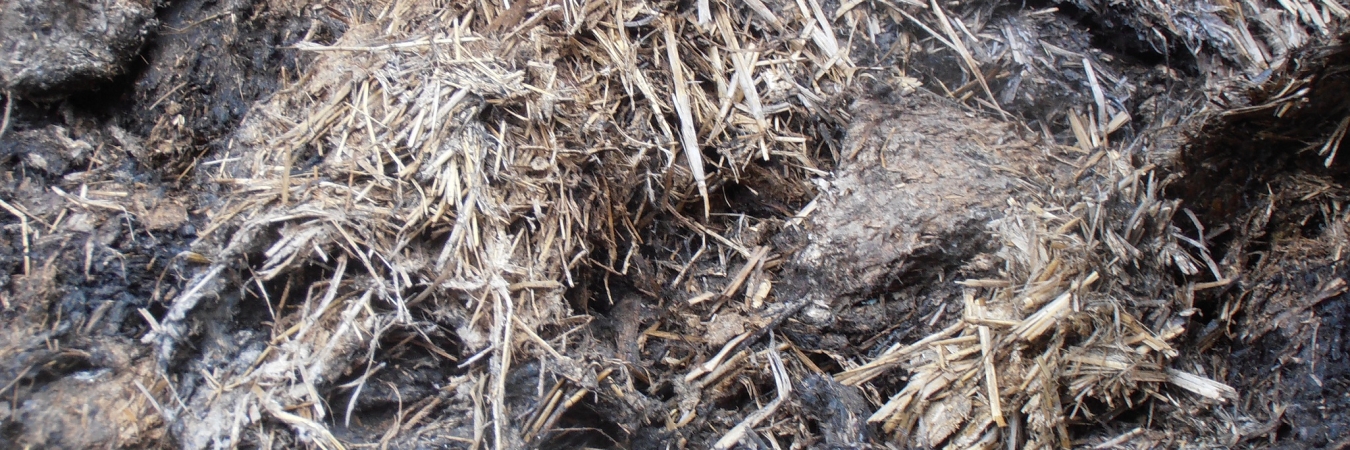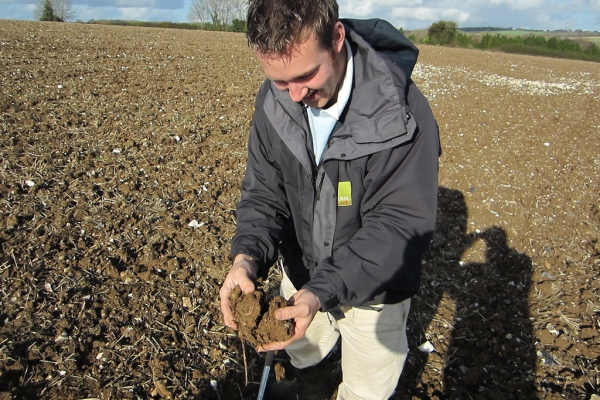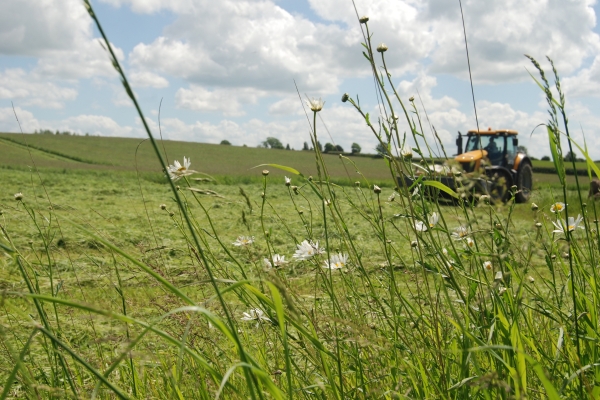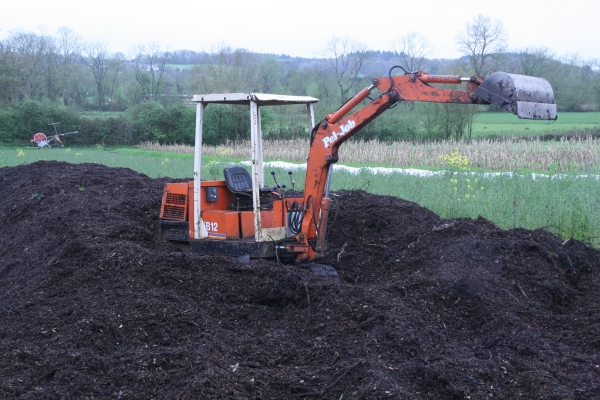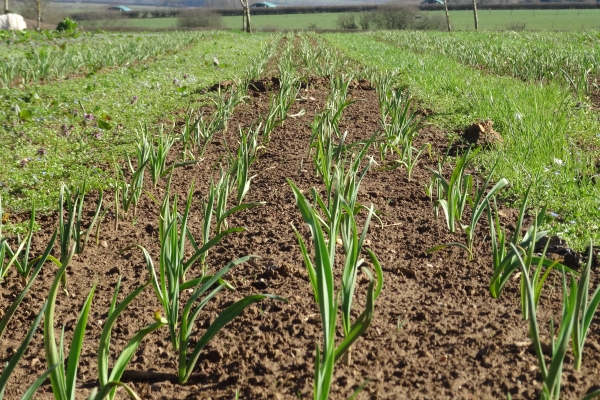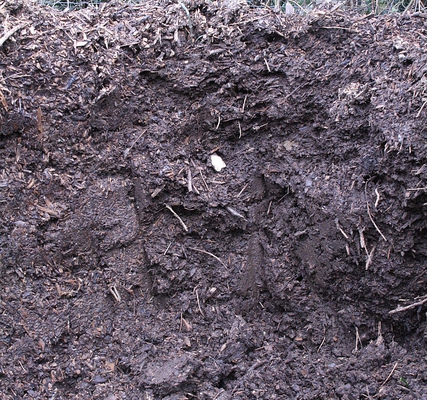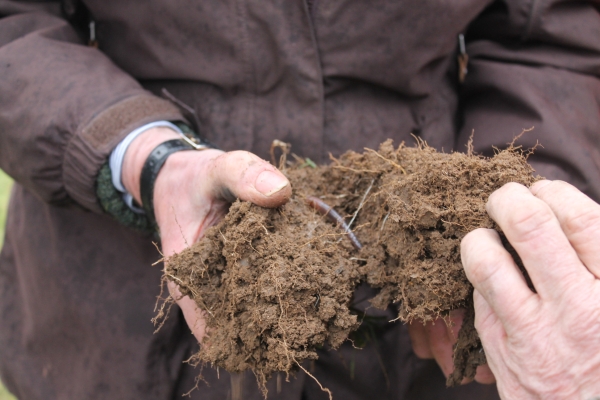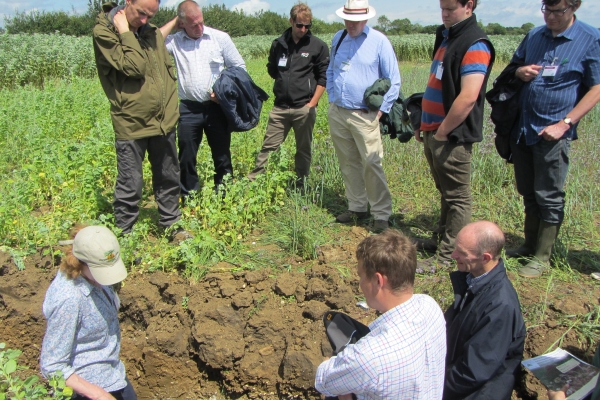Manure use efficiency
Resource explained
This webpage of Duchy College’s SWARM Knowledge Hub provides information based on an ADAS, IGER, and Silsoe Research Institute publication, ‘Making better use of livestock manures on arable land.’ Designed to provide guidance to help you make the most of nutrient content in organic manures, information is divided in to:
- Organic manure use in arable systems.
- Tips for applying organic manures to grassland.
- Spreading systems for slurries and solid manures (how the spreading method impacts on available nutrients).
- Managing manures on organic farms.
There are links to SWARM Knowledge Hub farmer profiles, ‘Think Manures’ web pages, and relevant factsheets produced in the Nutrient Wise Demos project. You can also access the Defra fertiliser manual RB209 and the software tool MANNER-NPK (that provides quick estimates of crop available nitrogen, phosphate and potash supply from applications of organic manure).
Findings & recommendations
- To make the best use of manure and inorganic fertiliser nitrogen (N) inputs, both nutrient supplies need to be integrated.
- To make the most of available nutrients, you need to know the nutrient content of the manure you are applying, apply evenly at a known rate, and aim to avoid leaching losses.
- It is best to apply organic manures to grassland when the crop is actively growing and N demand is greatest. Application rates should always relate to the nutrient requirements of the next crop.
- Ensuring that what you want to be available to the crop during the growing season is applied at a time and in a way that the crop can use it, will mean that you can reduce artificial fertiliser use (and therefore costs).
- ‘Think Manures’ summarises complex information taken from the Tried & Tested publication ‘Think Manures’, RB209, nutrient management guides, and research on ammonia mitigation methods and alternative methods of spreading manures. It has separate sections covering nutrient content of slurry, manure analysis, application rates and methods, spreader calibration and nutrient planning.
